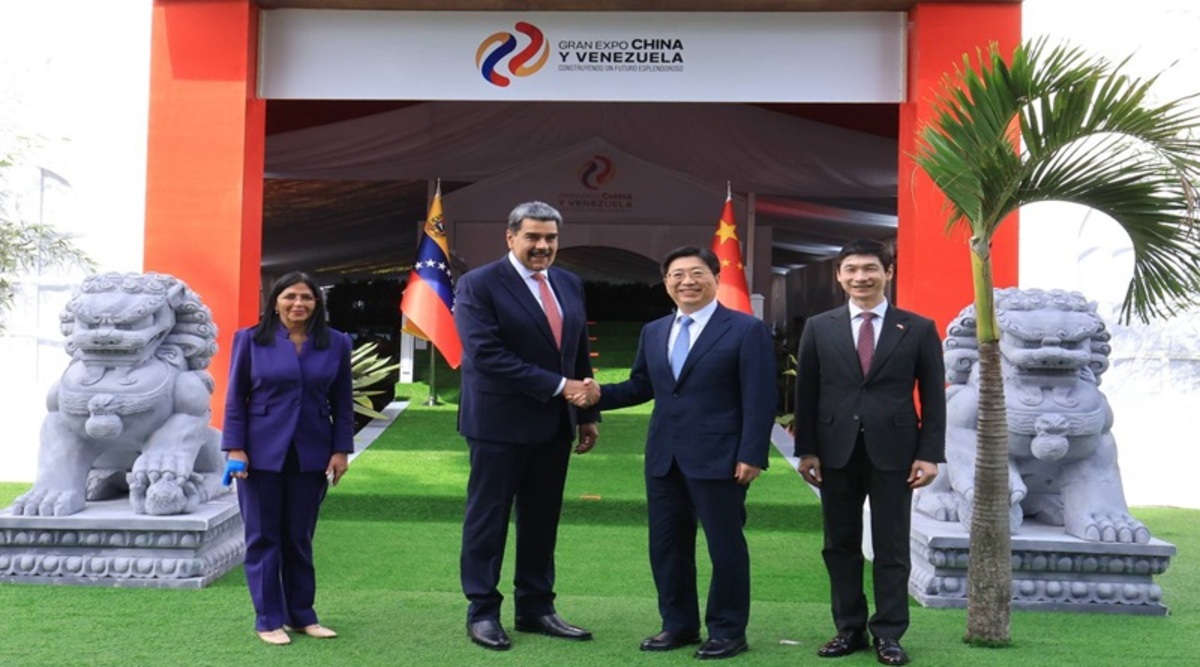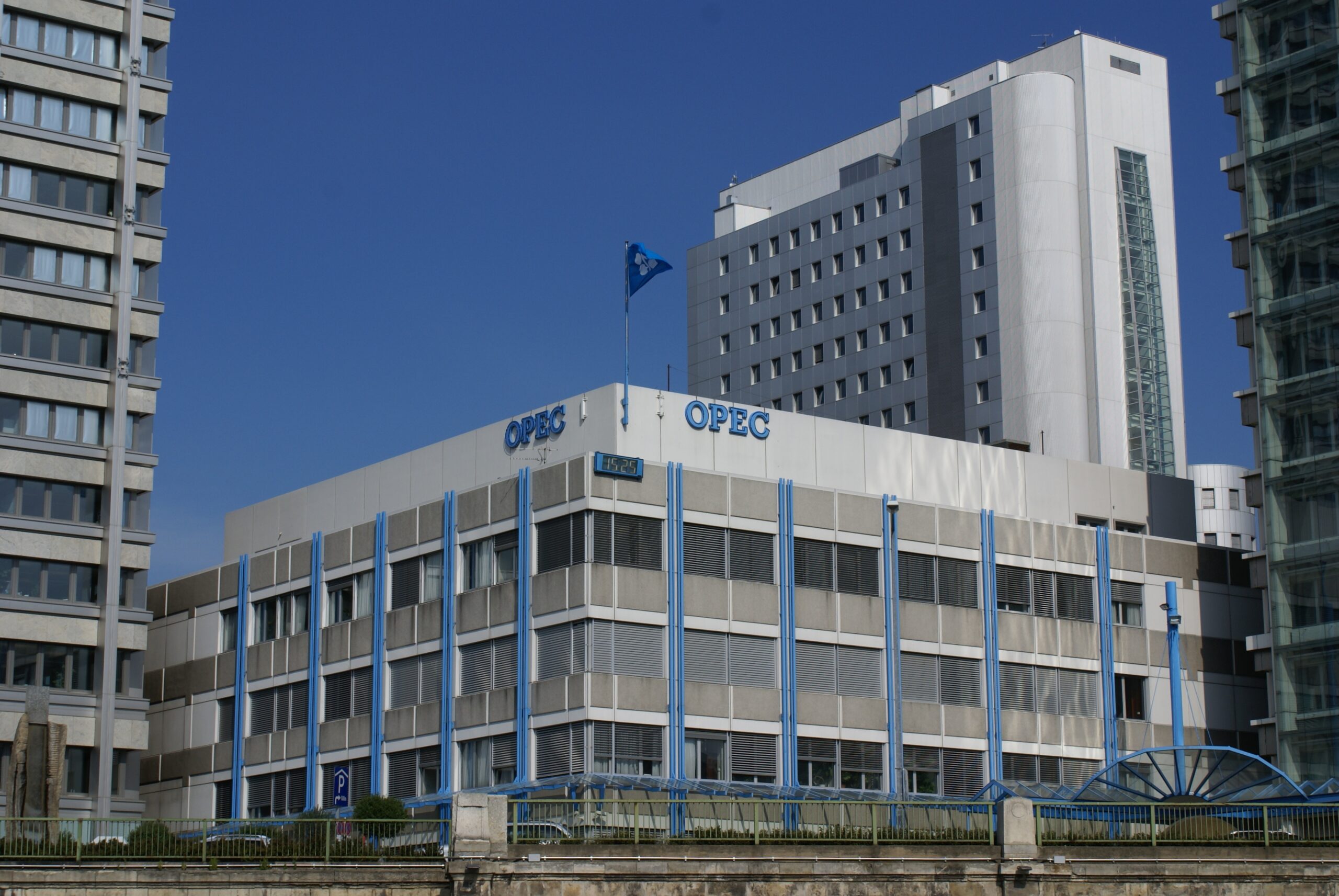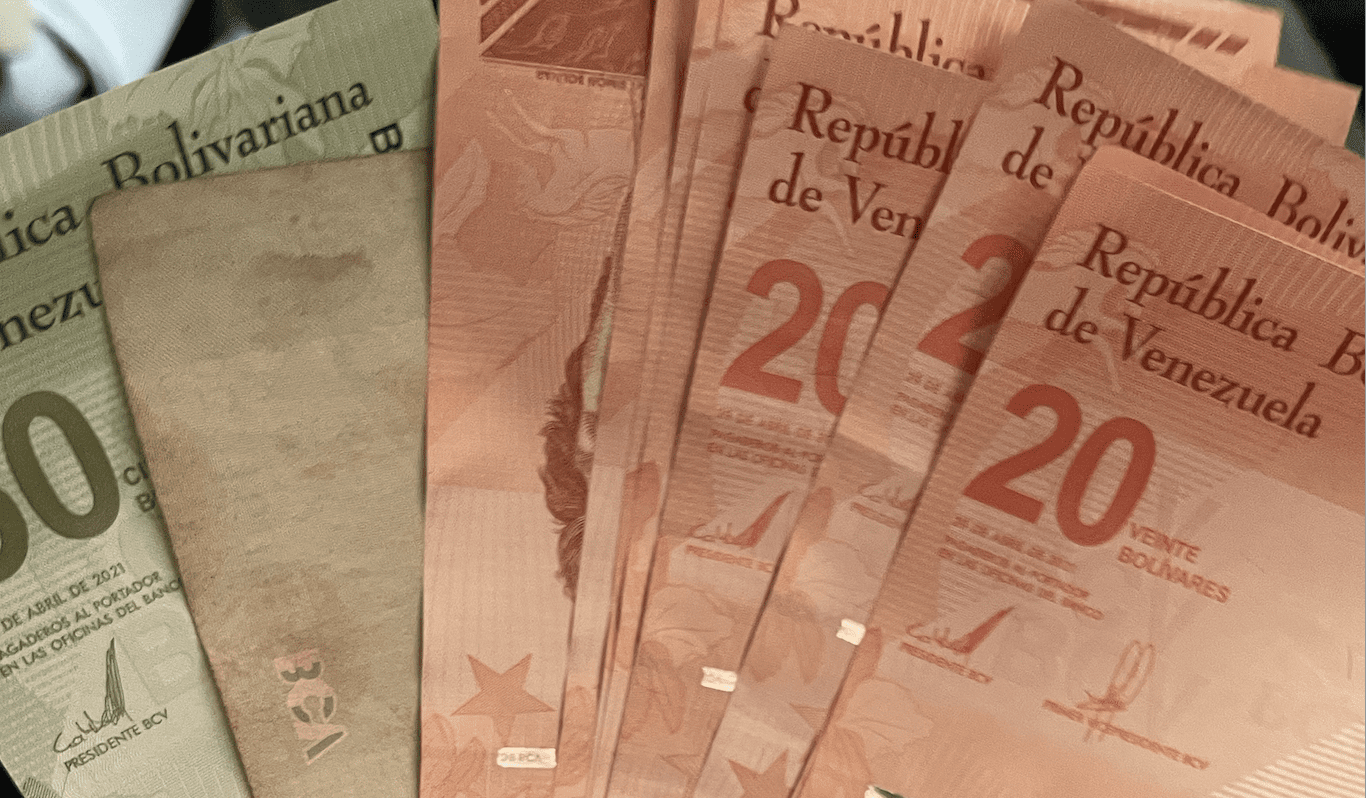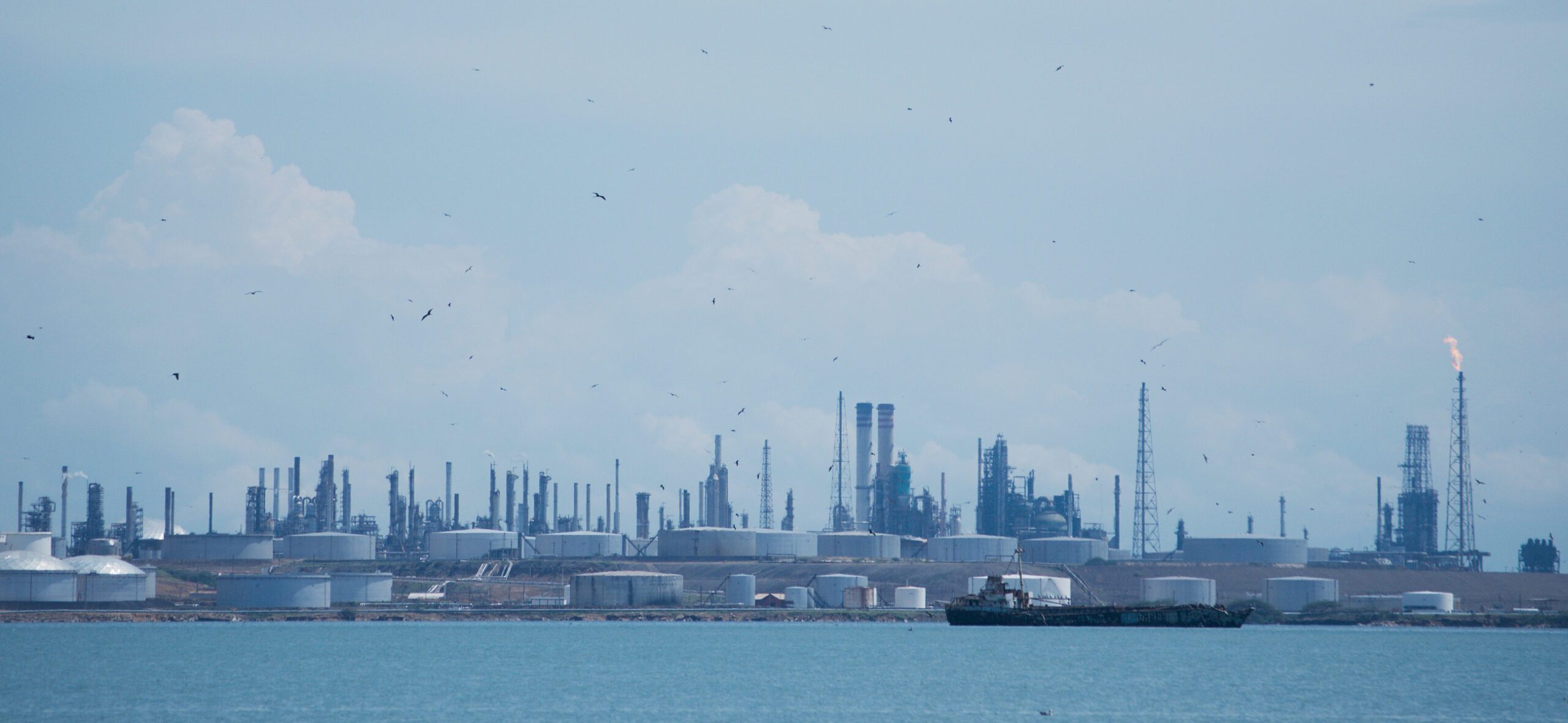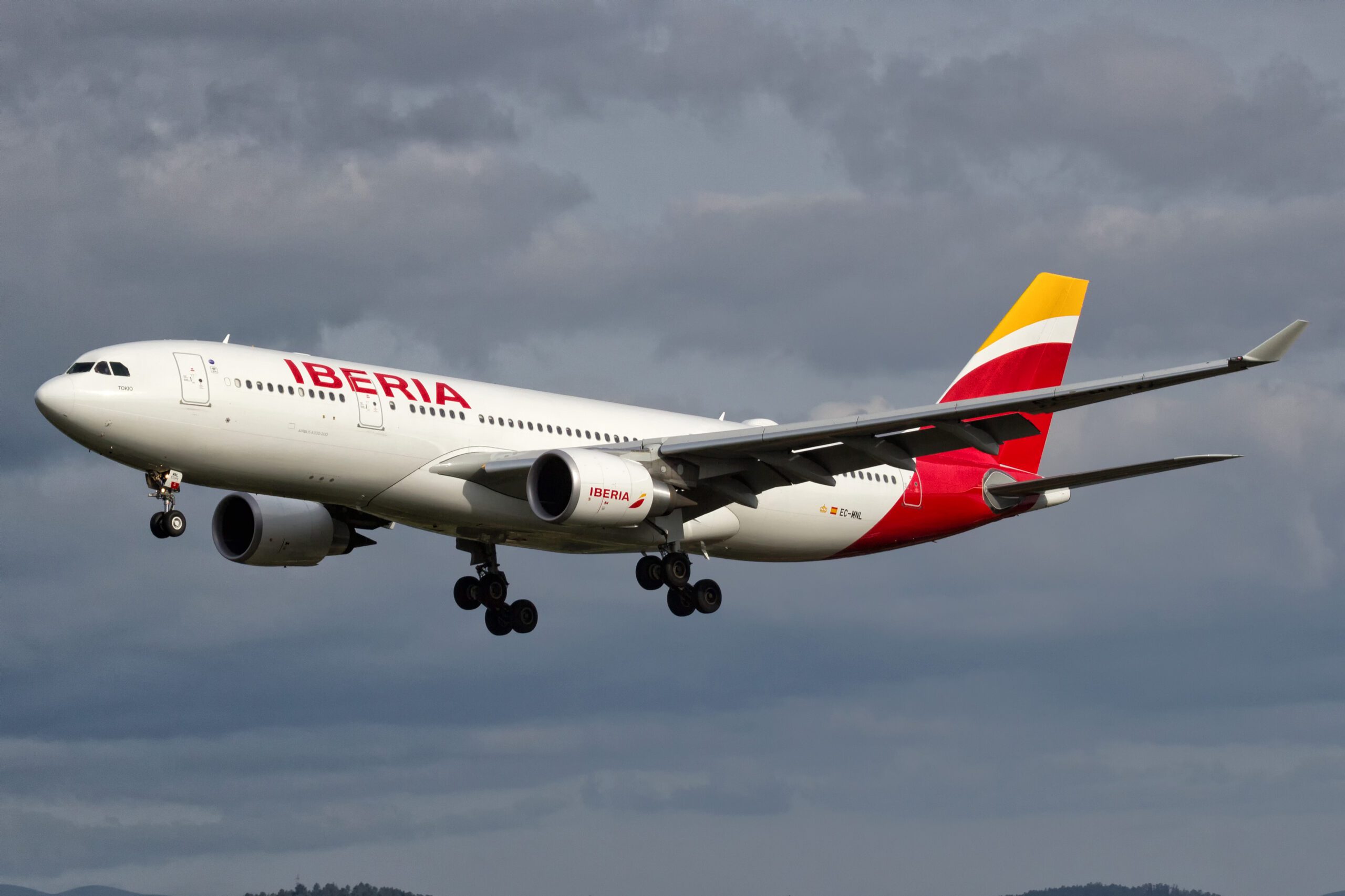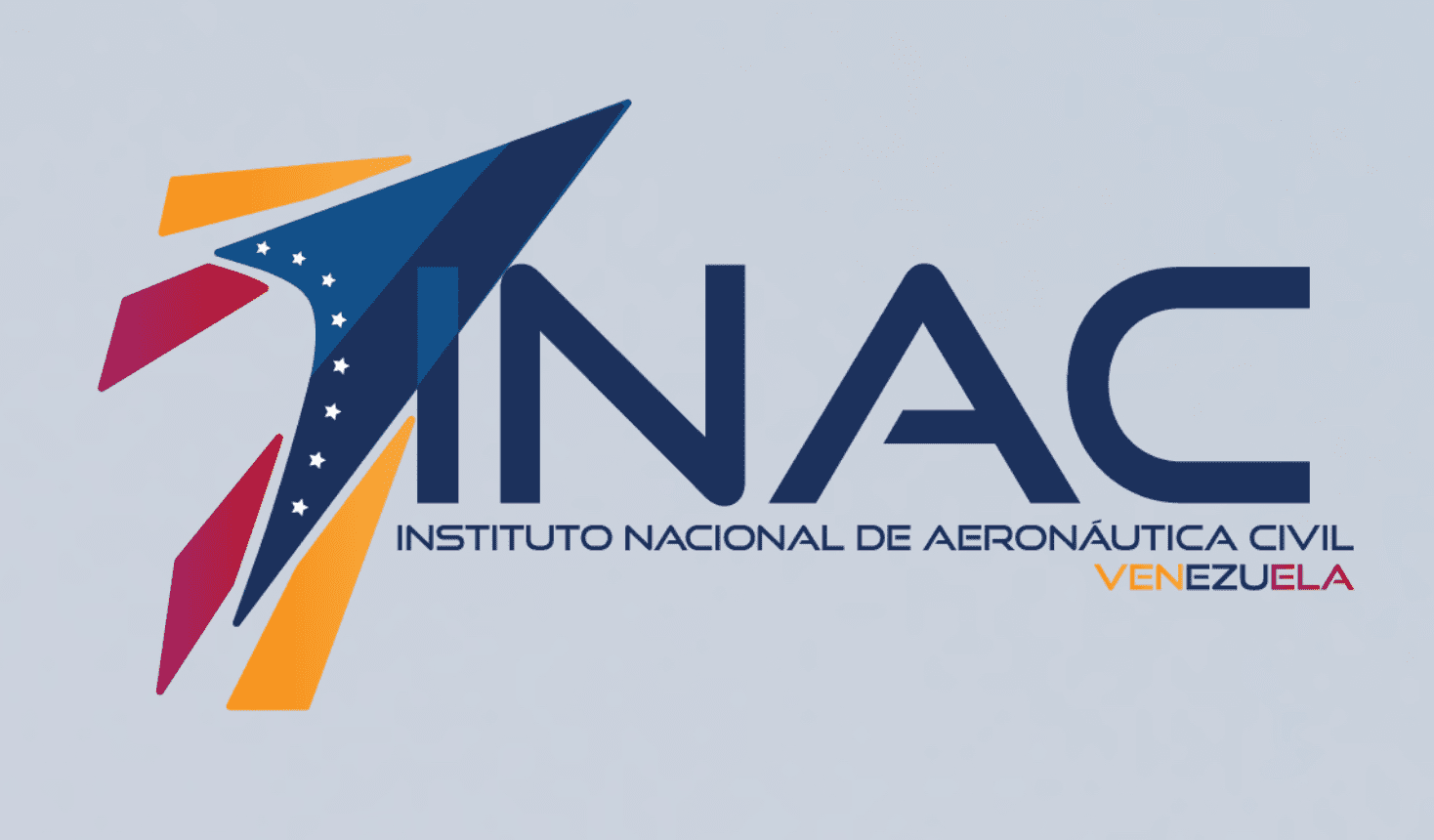Nicolás Maduro and Vice President Delcy Rodríguez together with representatives of the People’s Republic of China at the “Grand China–Venezuela Expo” held in Caracas last week. Photo: MIPPCI
Guacamaya, July 10, 2025. Amid a renewed rapprochement driven by the impact of U.S. sanctions, China and Venezuela are advancing their strategic partnership with the signing of new agreements, the delivery of heavy equipment, the modernization of the power grid, support for vulnerable groups, and further investments in key sectors such as hydrocarbons, agriculture, industry, and public services. Beijing has also expressed interest in Venezuela’s Special Economic Zones, aligning its presence in the Caribbean with the Belt and Road Initiative.
The Embassy of the People’s Republic of China in Caracas announced, via its official Instagram account, a series of ongoing cooperation projects with Venezuela aimed at contributing to the country’s economic and social development. Among the most recent actions is the delivery of 124 work vehicles, including dredgers, semi-trailer tractors, multifunctional trucks, backhoes, and lifting and transport vehicles, aimed at strengthening the country’s productive and logistical capacities.
Last Friday, the two governments signed three new bilateral cooperation agreements, focused on strategic sectors such as technology, energy, trade, and infrastructure. One of the most significant points was the signing of an agreement with the China Development Bank to reactivate Venezuela’s hydrocarbons sector. This agreement involves modernizing infrastructure and boosting production, through the exchange of advanced technology and optimization of processes to improve efficiency in crude oil extraction and refining.
Both nations are also working on the partial modernization of Venezuela’s power system to improve the quality and stability of supply, as well as on joint initiatives with United Nations agencies to support vulnerable groups through the South-South Cooperation Fund.
President Nicolás Maduro hailed the achievements of this alliance, highlighting its impact on people’s quality of life and announcing that new investments are on the table for the development of agriculture, agro-industry, fishing, aquaculture, industry, and public services infrastructure. “We have talked about significant resources for the modernization of Venezuelan industry, infrastructure, the power service, transportation, and the development of science,” the president said, adding that “this strategic partnership is destined for a splendid development that will leave its mark on South America.”
For his part, Chinese Ambassador Lan Hu highlighted the solid bilateral relationship, the boost to the electricity sector, and the upcoming signing of new agreements to extend benefits to the Venezuelan people. According to official data, through the China–Venezuela High-Level Joint Commission, over 500 projects have been signed and financing has been channeled for more than 600 initiatives through the Joint Fund.
Why is the modernization of the power system important for China’s interests?
One of the most relevant axes of Sino-Venezuelan cooperation is the partial modernization of the country’s power system, a project driven by both sides to stabilize and improve Venezuela’s generation and distribution capacity. This is no small matter: the power crisis that has afflicted the country in recent years has not only worsened people’s quality of life but has also severely limited the operation of strategic sectors such as the oil industry, ports, and the Special Economic Zones.
For the oil industry — the engine of the Venezuelan economy — a stable power supply is indispensable: without reliable energy, extraction, refining, and pumping plants suffer recurring shutdowns that affect production and crude exports. Likewise, the operation of the country’s main ports, especially La Guaira and Puerto Cabello, depends on robust power systems that feed cranes, refrigerated warehouses, communication networks, and port logistics.
In addition, the Special Economic Zones, conceived as hubs to attract industrial and commercial investment, require minimum infrastructure conditions to be viable and competitive. Among these, a stable and sufficient power supply is perhaps the most critical element to install industries, attract manufacturing, maintain cold chains, and ensure operational continuity.
In this sense, China’s interest in rehabilitating and modernizing Venezuela’s power system is not merely a matter of “technical solidarity” but a strategic bet to create the material conditions that will allow other joint projects — in hydrocarbons, ports, industry, and trade — to materialize and sustain over the long term. Electricity constitutes the foundation upon which the entire architecture of this renewed economic alliance rests.
Venezuelan ports on China’s strategic map
Along these lines, it is worth mentioning the recent Financial Times report, which highlights China’s growing role in key ports across Latin America and the Caribbean, documenting at least 31 port facilities with Chinese participation or influence. On the interactive map produced by the British newspaper, the Venezuelan ports of La Guaira and Puerto Cabello appear, evidencing Beijing’s interest in integrating them into its regional logistics network as part of the Belt and Road Initiative.
Both ports are part of the Special Economic Zones promoted by Caracas, conceived as poles to attract foreign investment, technological modernization, and commercial dynamism. The fact that they appear on the Financial Times map not only confirms China’s attention to these infrastructures but also their geopolitical potential: Venezuela is in a strategic position in the Caribbean, with privileged access to both the Atlantic and routes to Central and North America.
The possible modernization of these ports — located within the Special Economic Zones — by Chinese actors would consolidate Venezuela as a key logistical hub in the region and strengthen bilateral trade, while for Beijing it would represent yet another step in consolidating maritime routes in the Western Hemisphere.
China’s projection into the Caribbean and the Taiwan factor
This strategy must also be read in the context of China’s projection into the Caribbean, a key region for Beijing for commercial and geopolitical reasons. With investments in ports, infrastructure, and telecommunications in countries such as Jamaica, the Bahamas, Cuba, and Venezuela itself, China seeks to consolidate strategic nodes for its trade while increasing its influence in the Western Hemisphere.
This deployment also has a political dimension: the Caribbean remains one of the few areas where several countries still officially recognize Taiwan instead of the People’s Republic of China. Currently, about five small Caribbean states — including Saint Vincent and the Grenadines, Saint Lucia, Saint Kitts and Nevis, and Haiti — maintain diplomatic relations with Taipei. China’s growing economic and diplomatic presence in the region seeks to persuade these countries to switch recognition to Beijing, as the Dominican Republic did in 2018 and Nicaragua in 2021.
Thus, cooperation with Venezuela — a strategic country with Caribbean coasts — not only offers China an energy and logistics partner but also reinforces its presence in a region where it openly competes with Taiwan for diplomatic allies and with the United States for economic and military influence.
Nevertheless, doubts remain about the Venezuelan state’s capacity to guarantee stable conditions, clear rules, and the sustainability of these projects.
Although in the past some investments failed to materialize and the relationship went through periods of cooling, U.S. sanctions and geopolitical interests have pushed Caracas and Beijing to intensify their cooperation this year. One reflection of this was the meeting between Presidents Xi Jinping and Nicolás Maduro in Moscow last May, where they reaffirmed their willingness to expand the strategic partnership.
However, beyond official announcements and rhetoric from both governments, it remains to be seen whether these initiatives will actually translate into concrete and sustainable projects that tangibly impact Venezuela’s economy and the population’s quality of life. In a context of high volatility and with a history of unfulfilled promises, the materialization of these agreements will be the true measure of the success of this renewed strategic alliance

